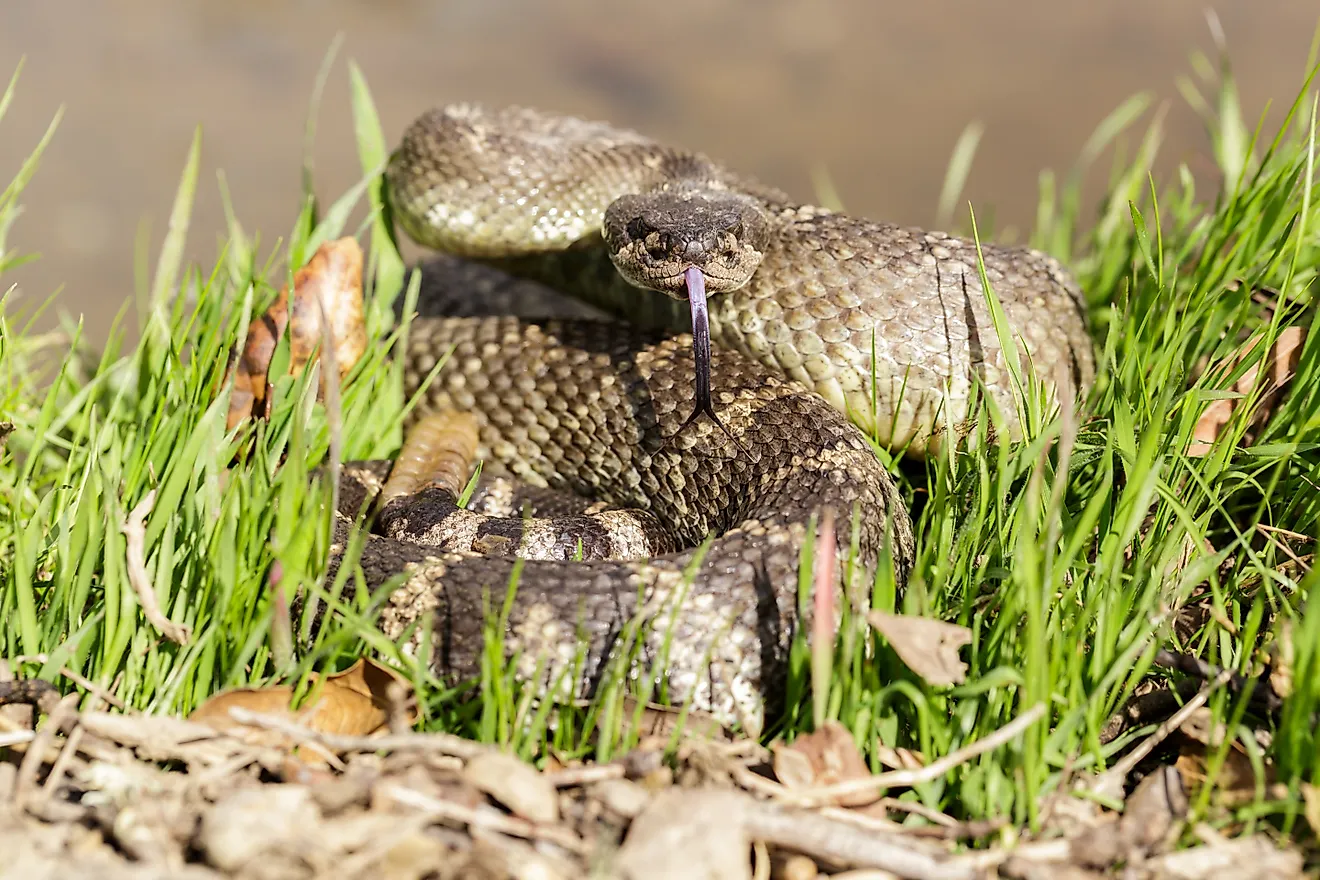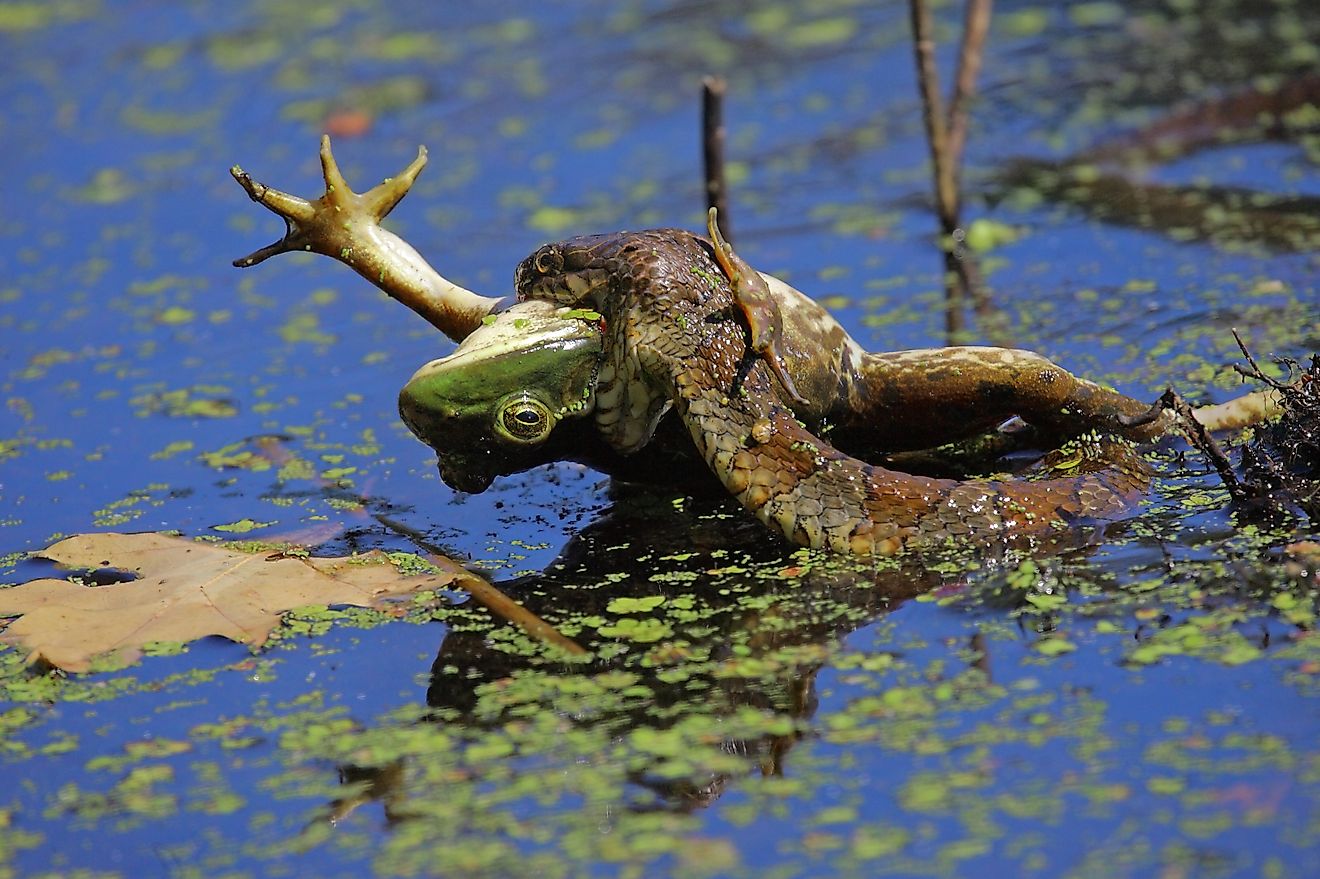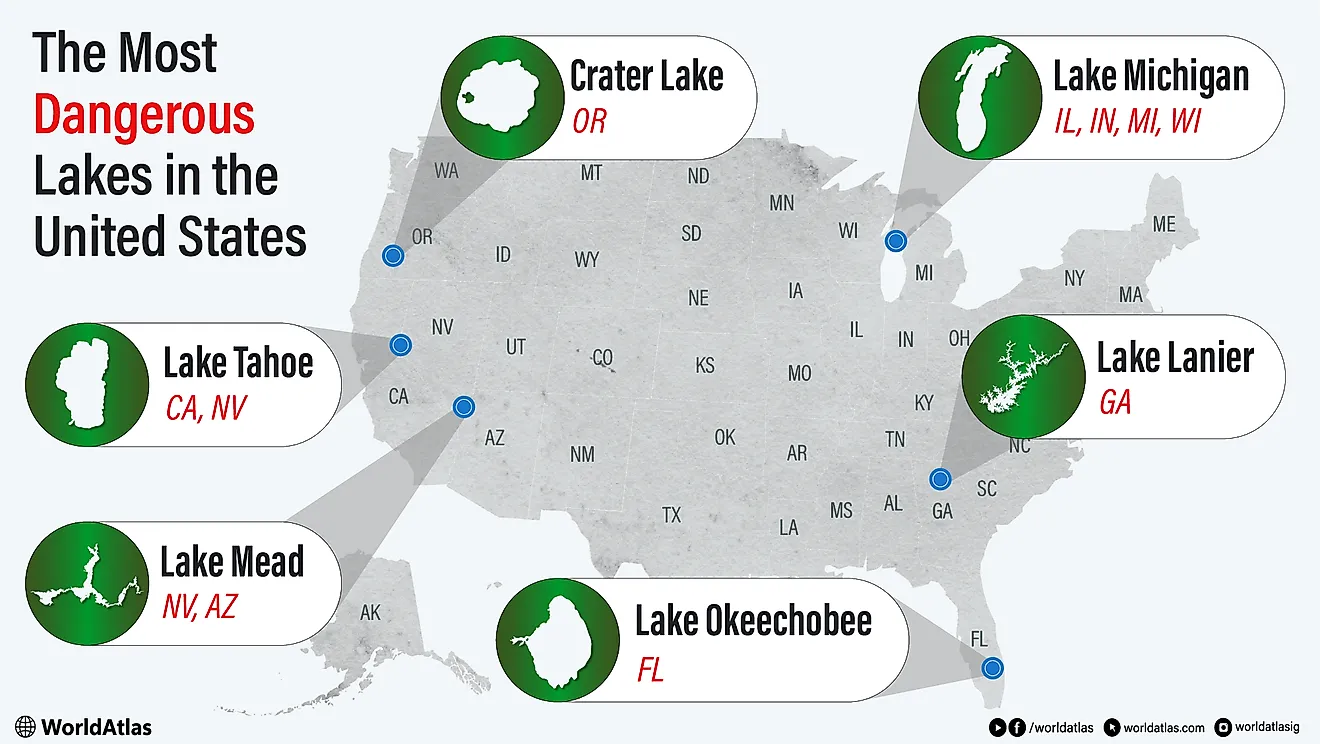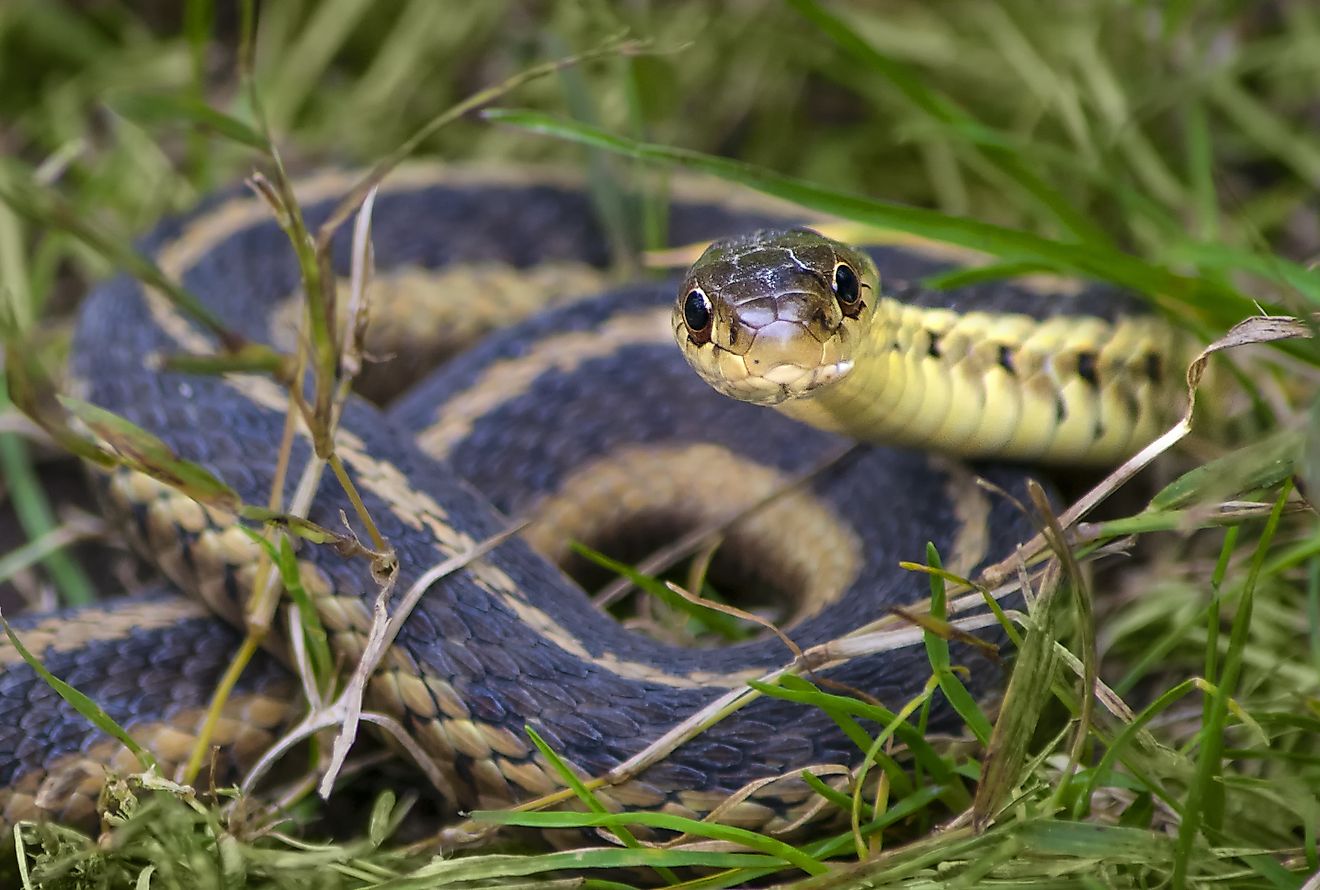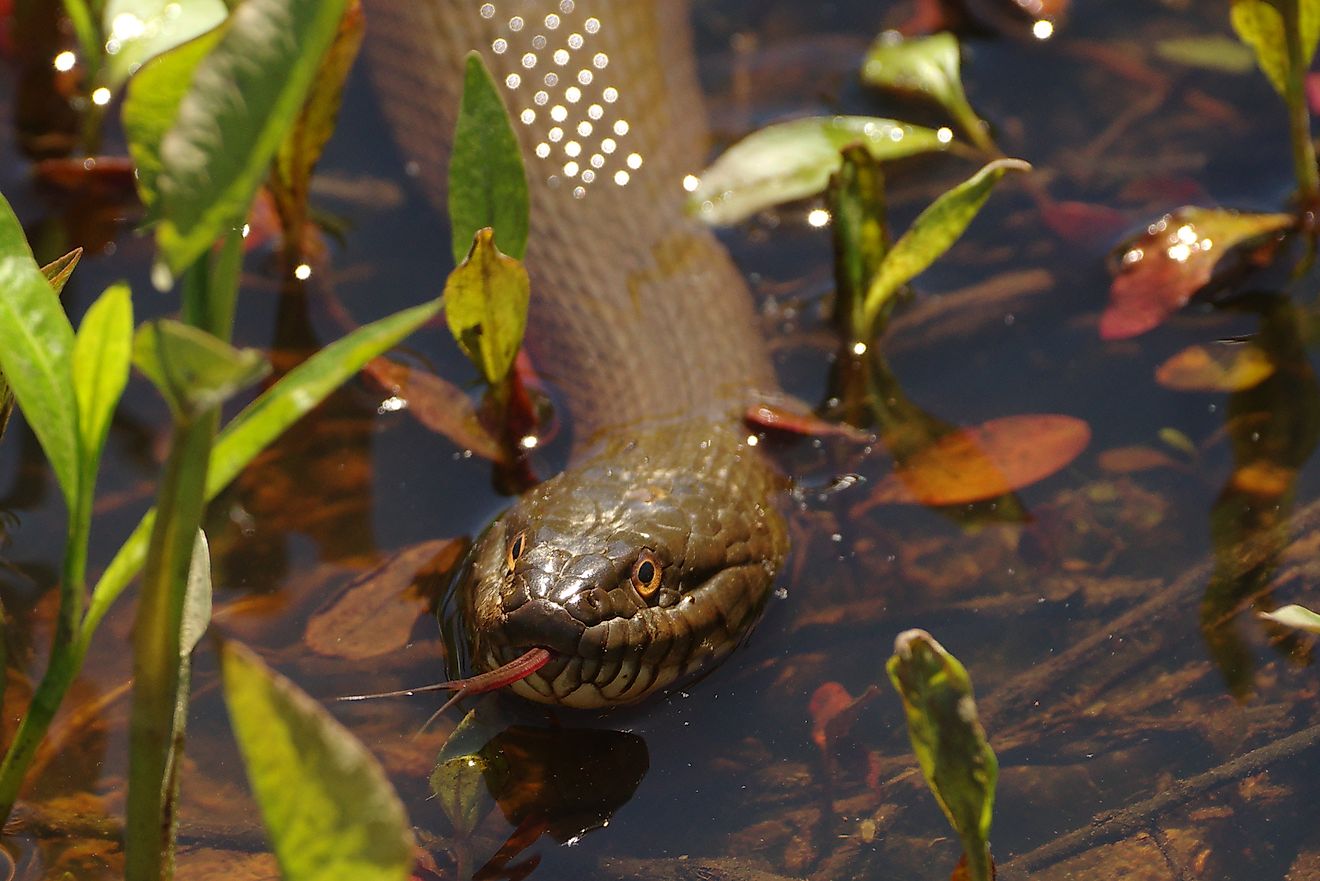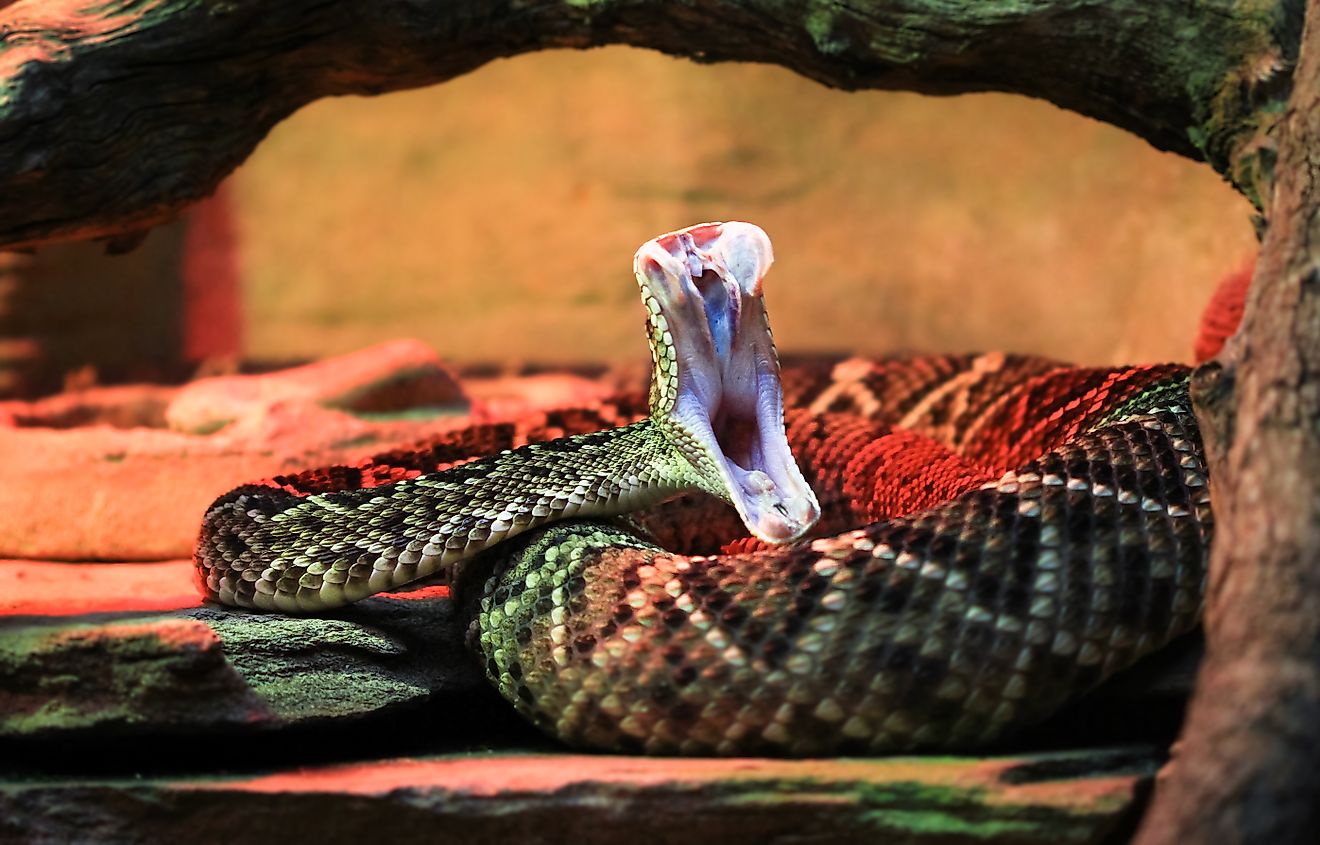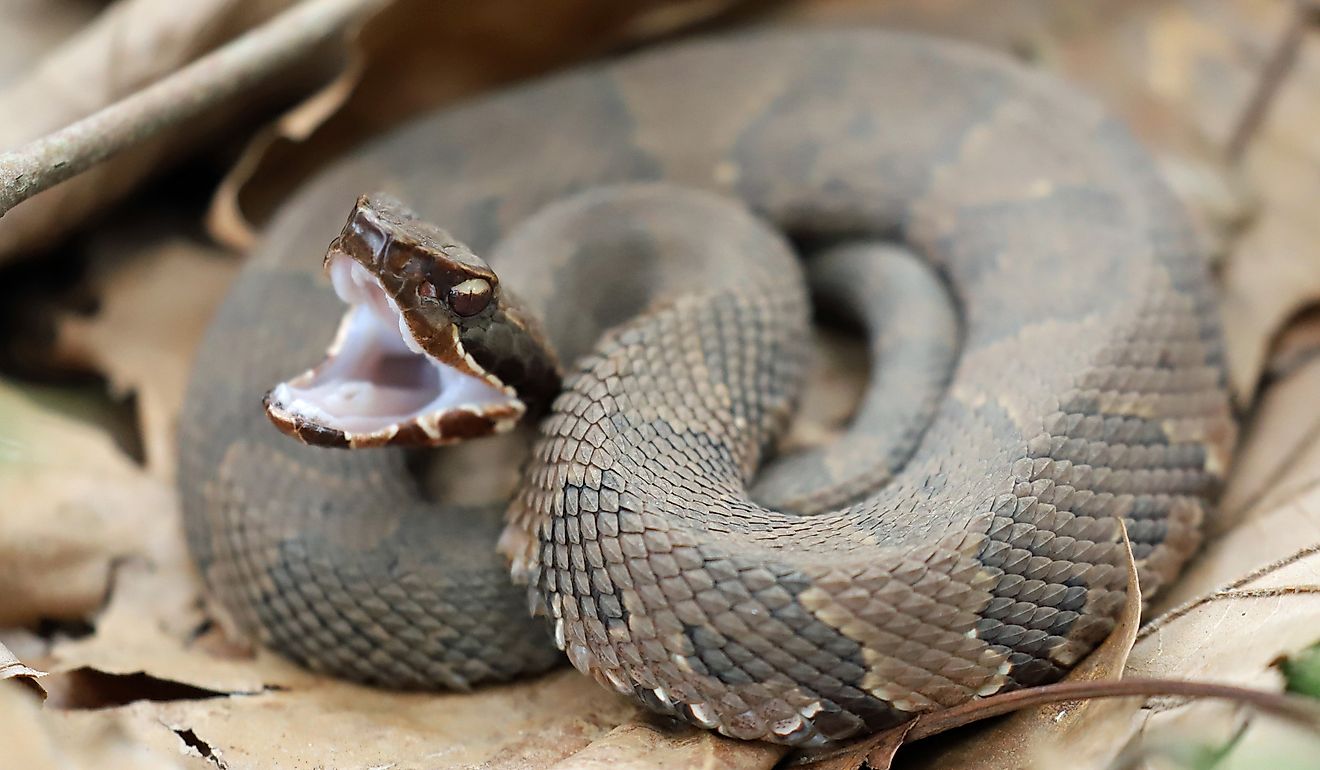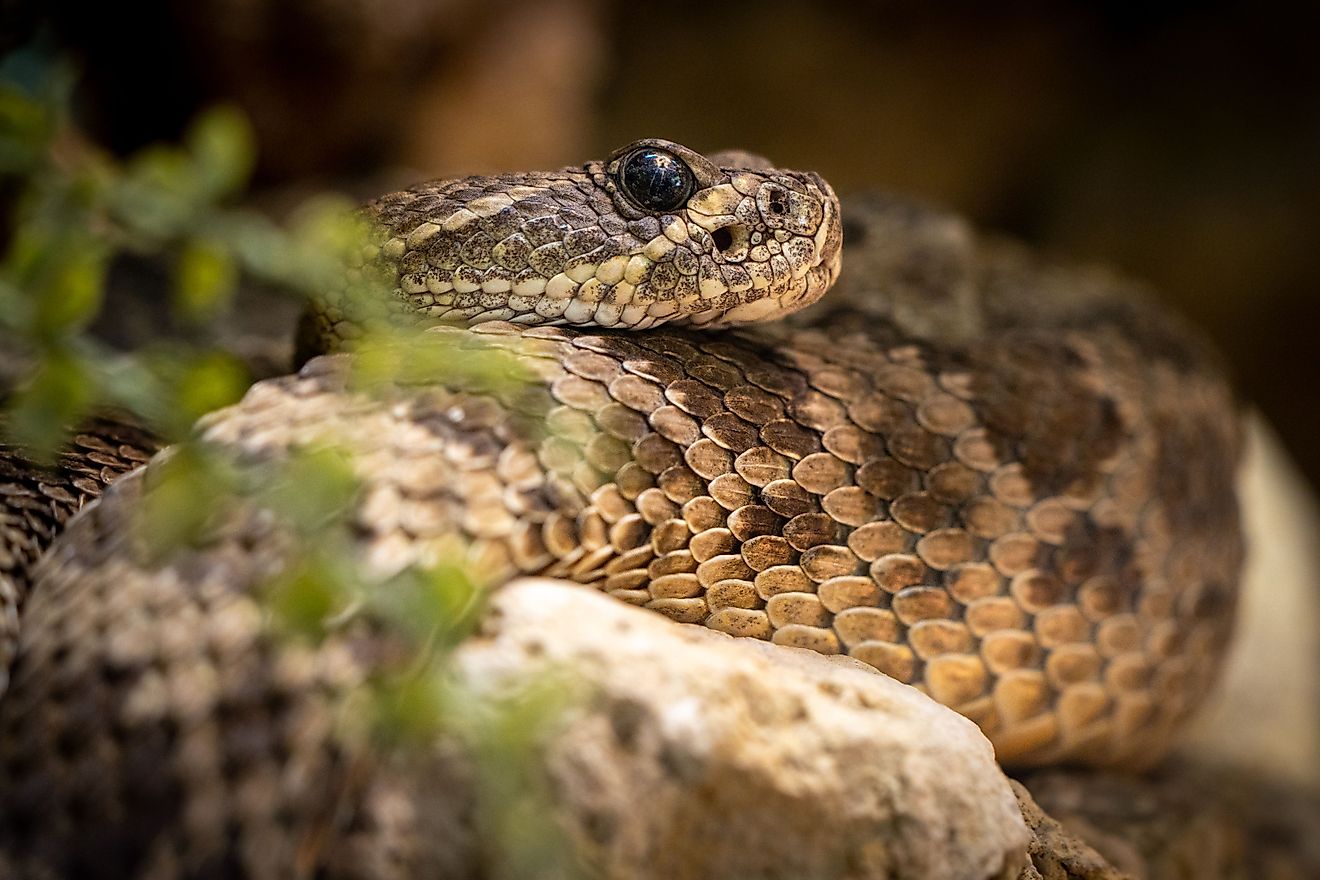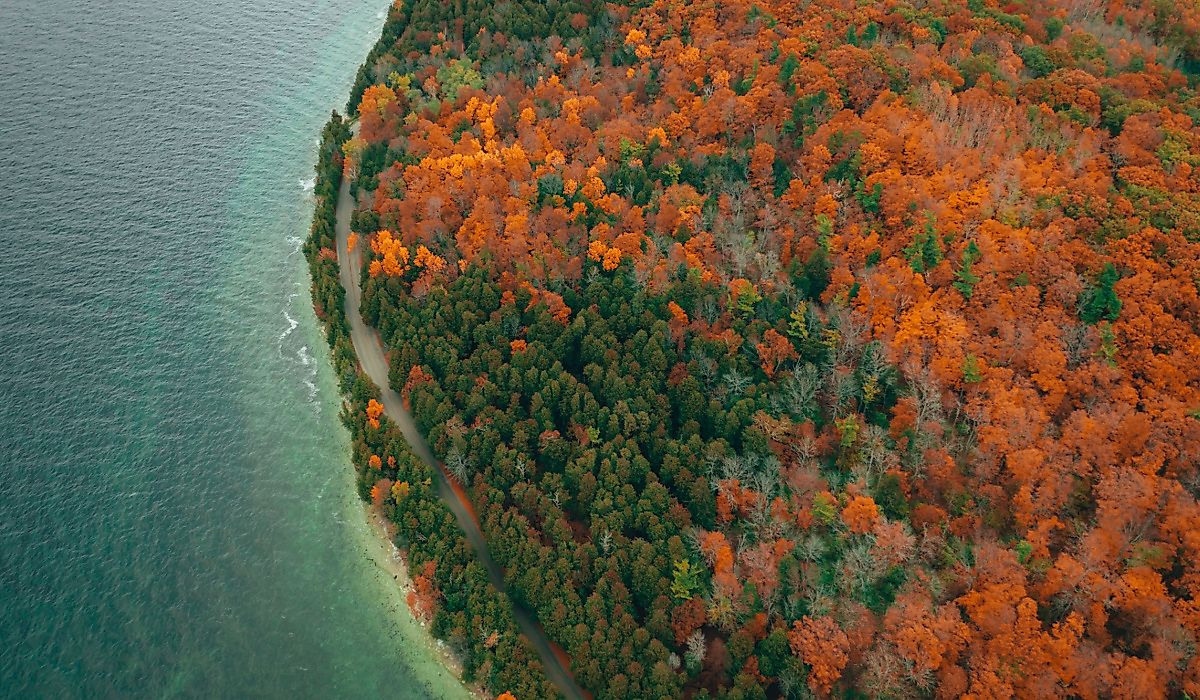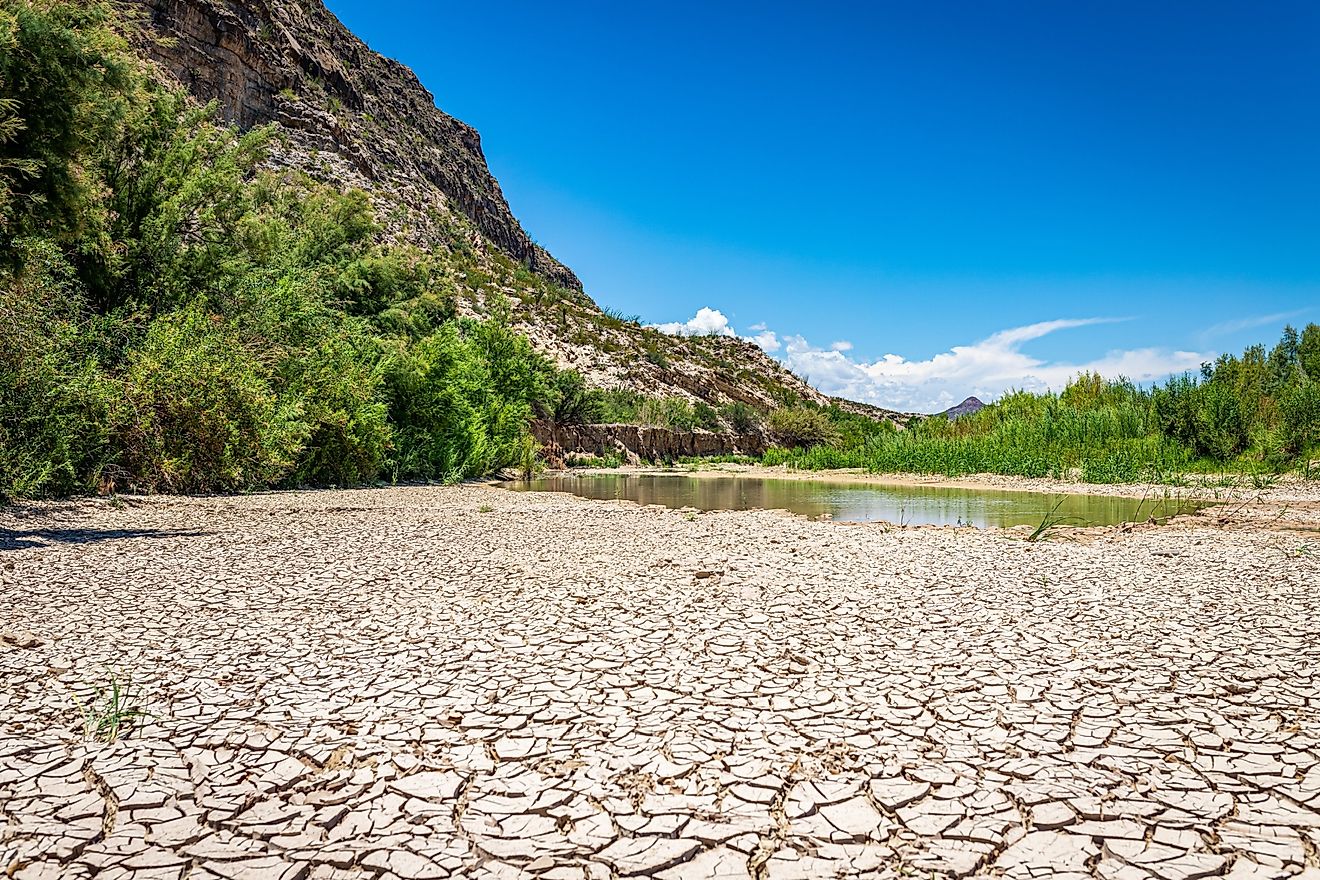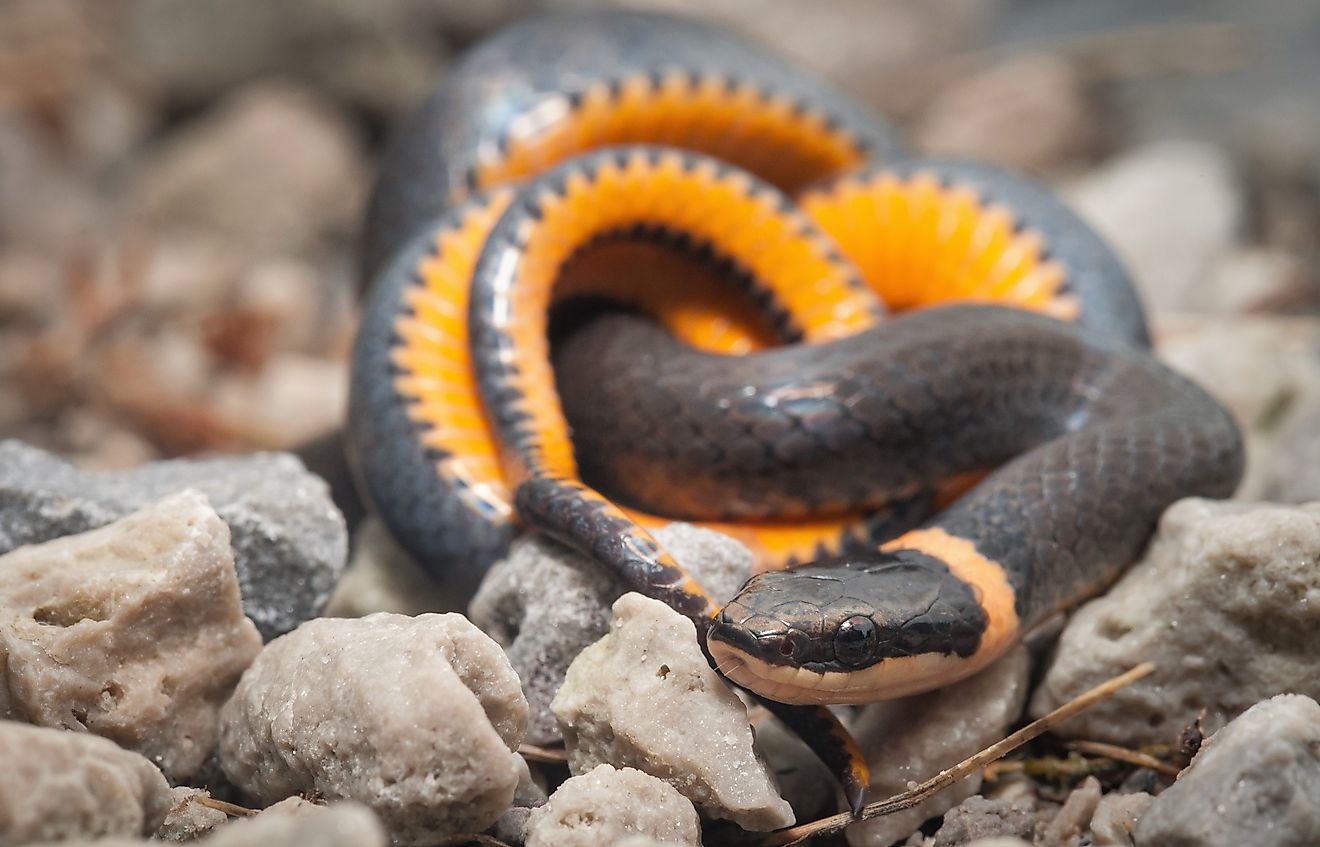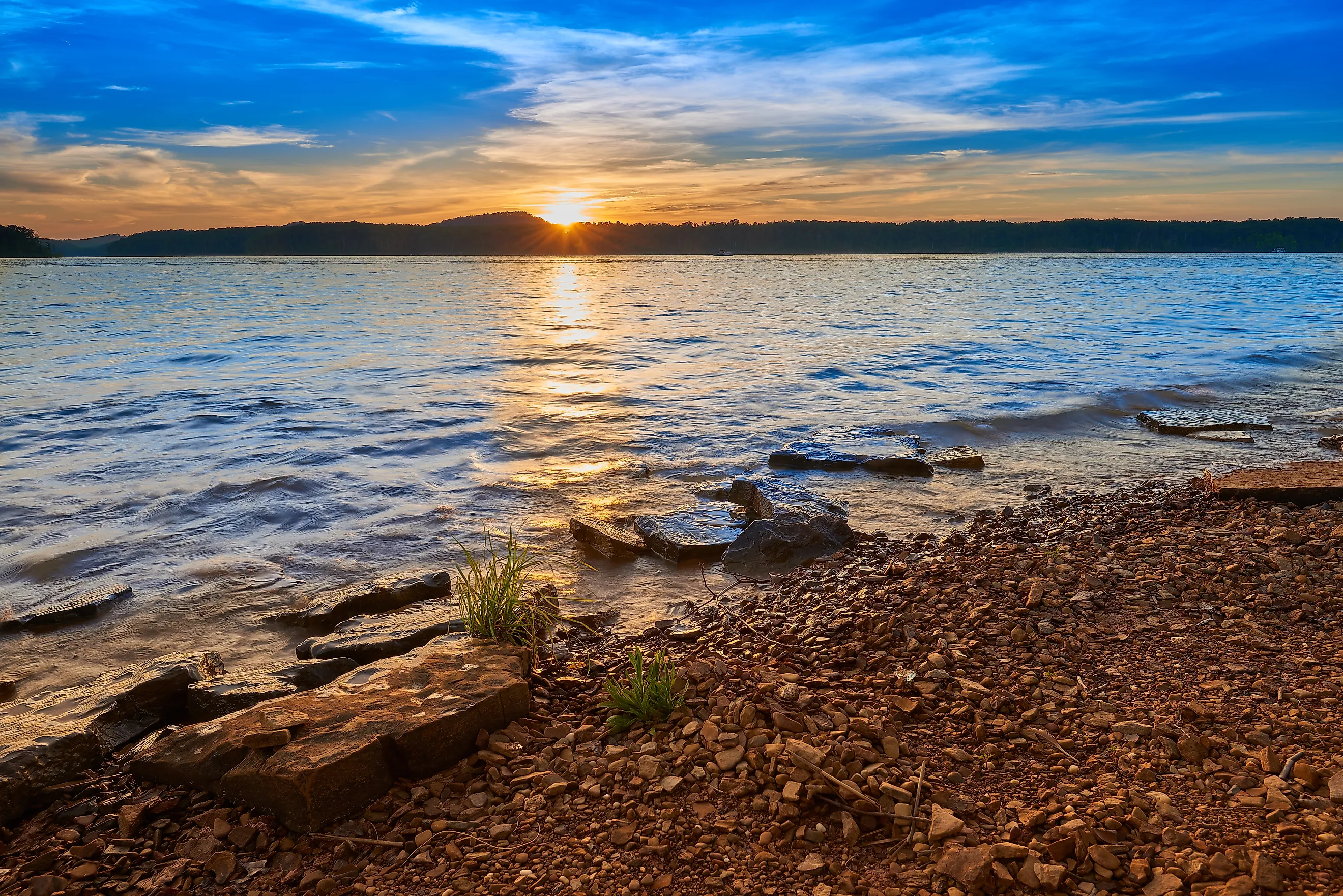
5 Most Snake-Filled Bodies Of Water In Kentucky
Located in the Southeastern United States, Kentucky is a diverse state full of natural charm. Though its nickname may be the “Bluegrass State,” greenery abounds here, and visitors can check out various outdoor landmarks like Mammoth Cave National Park and the Mississippi River. However, along with outdoor opportunities for people, these sites are also perfect for wildlife, snakes included. To this end, Kentucky is home to over 30 species of snakes, from the northern water snake to the venomous water moccasin. Many species prefer to live near bodies of water, as they offer a decent habitat and hunting opportunities. This article delves into the most snake-filled bodies of water so you know where to look out for these ssslithering reptiles when out and about.
Cumberland River
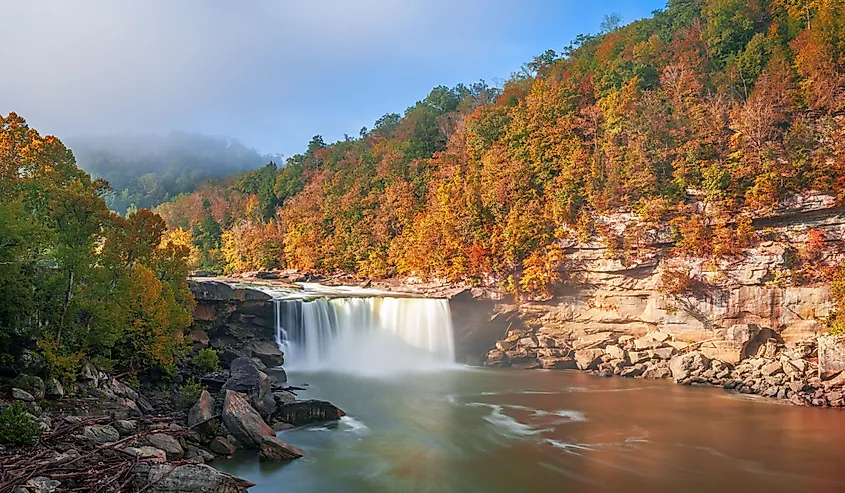
Cumberland River is a major river in the Southern United States, spanning 688 miles (1,107 km). It runs through southern Kentucky and is essential for local wildlife, recreation, and energy. In Kentucky, the river cuts through towns like Barbourville, Williamsburg, and Burkesville, making it a popular body of water for recreation. Waterfront areas like the Cumberland Falls State Resort Park abound with outdoor opportunities, including hiking, rafting, camping, and fishing. That said, as most of the riverside is rural, snake species thrive in the abundant wilderness and greenery, as they offer ideal hiding and living spots.
Among the many species that call the Cumberland River region home, the copperhead snake (Agkistrodon contortrix) and gray rat snake (Pantherophis spiloides) are among the most common. The copperhead is one of the state’s venomous species and is known for its tan body with distinctive hourglass-shaped crossbands. Although its venom is not usually fatal to humans, it can cause significant pain, swelling, and tissue damage if untreated. Most adults reach about 24 to 36 inches (60 to 90 cm) in length. Copperheads are ambush predators that remain motionless and rely on camouflage, so accidental encounters can happen, especially near wooded or rocky areas close to the river. Thankfully, these snakes avoid conflict and, as long as you give them a wide berth, bites are rare. Apart from the copperhead, most other species here are non-venomous.
Lake Barkley
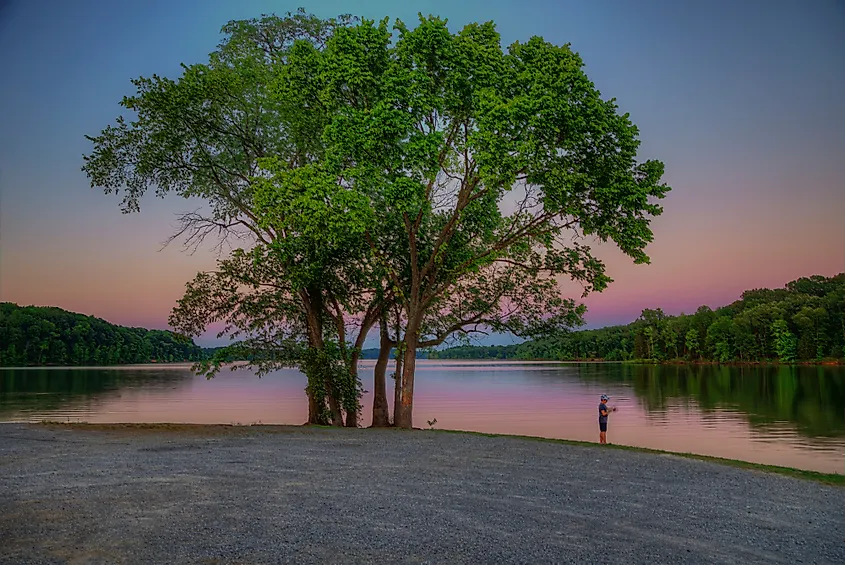
If you’re trying to avoid venomous snakes, Lake Barkley might not be the best body of water for you. While they rarely come out into the open, the lake and its surrounding area is home to many snake species, including the copperhead, cottonmouth, and timber rattlesnake (Crotalus horridus). That’s right, most of Kentucky’s venomous species are in one place. The timber rattlesnake is one to look out for along trails and in wooded areas, as this pit viper has one of the most toxic venoms in North America. Its high venom yield and long fangs make things worse, and bites need to be treated quickly with antivenom. Thankfully, the snake spends most of winter hibernating, and even when in the open, their 60-inch (152 cm) frame and brown crossbands are easy to spot. Apart from the venomous species, Lake Barkley also houses northern watersnakes (Nerodia sipedon) and eastern garter snakes (Thamnophis sirtalis), both adept swimmers and stunning species.
Although the presence of venomous species may be a deterrent, these snakes seldom bite unprovoked. To this end, Lake Barkley is a lovely reservoir for recreation, spanning 58,000 acres (23,470 hectares) in western Kentucky. Lake Barkley State Resort Park boasts a resort area, and hiking, biking, boating, and golfing opportunities are also available. Moreover, fishing is also popular, and the largest yellow bass ever taken in Kentucky was caught here.
Rough River Lake
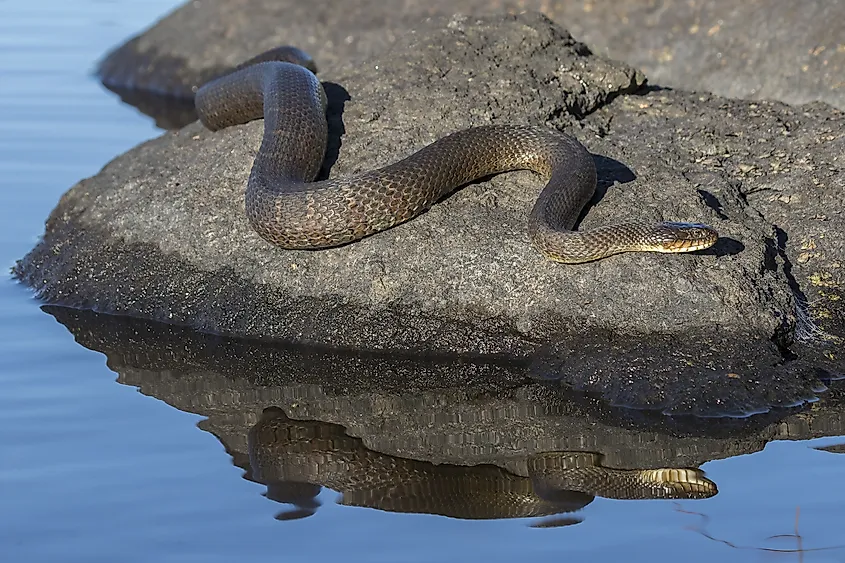
Located in central Kentucky, Rough River Lake is a unique Y-shaped reservoir with a surface area of over 5,000 acres (2,023 hectares). Owing to its shape, the lake has a 220-mile (354-km) shoreline, which is lined with camping areas, including at Cave Creek and Axtel Campground. Hundreds of sites, boat ramps, swimming areas, electrical hookups, and beaches create the perfect environment for outdoor activity. Along with humans, fish are also abundant here, and the lake has a standing crop average of about 300 pounds (136 kg) of fish per acre. Dominant species include largemouth bass, catfish, crappie, and bluegill, making it a fishing hub.
Similar to fish, snakes also find the lake and its lush shoreline ideal, which is why it is one of Kentucky’s most snake-filled bodies of water. Specifically, the northern water snake is a common sight here. This nonvenomous snake is one of the largest species in the region, reaching lengths of up to 55 inches (140 cm). They boast a brownish coloration with darker crossbands, although some can even be completely black. They are often mistaken for a copperhead, so many people get startled by the sight of them in the water, but these snakes do not have venom and are entirely harmless. As venomous species aren’t often seen in and around Rough River Lake, it is one of the safer snake-filled bodies of water.
Mississippi River
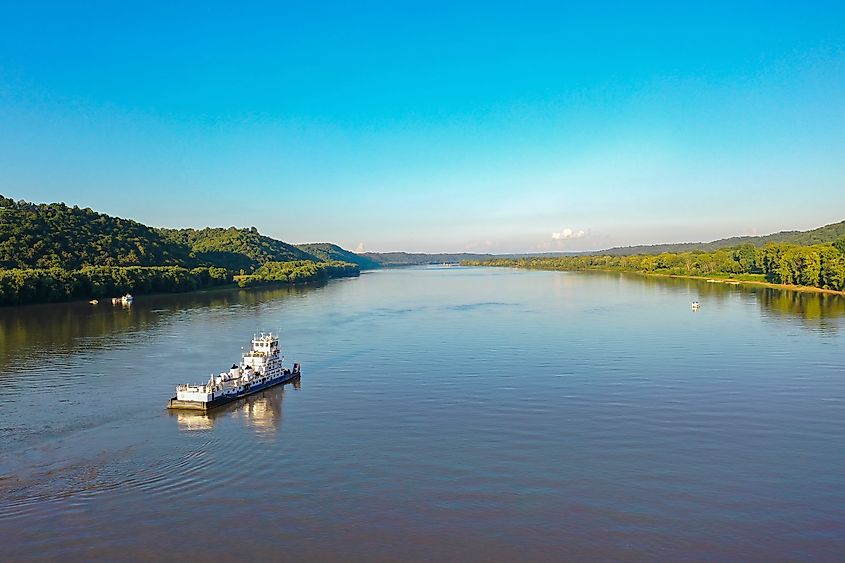
The primary river for the United States’ largest drainage basin, the Mississippi River, is a major waterway running through ten states. It has a total length of 2,350 miles (3,780 km) and covers the entire western border of Kentucky (via the Ohio River tributary). Along its banks lie many populated outdoor areas, such as the Sloughs Wildlife Management Area, Paducah, and Owensboro. Thus, it is vital as a water source, habitat for wildlife, and recreational body of water. Boating, hiking, and fishing are some of the most popular activities here, with trails like the Mississippi River Trail always full of people.
While the views are scenic, traveling along the Mississippi River Trail also puts you at risk of stumbling upon one of the many snakes that call it home. Some of the most common are the northern watersnake and Mississippi green watersnake (Nerodia cyclopion). The latter is one of America’s rarer species and is only found in far western Kentucky in wetlands and sloughs near the river. The species has a green to black coloration with yellow spots on its belly. Moreover, they have a unique set of scales between the eye and lip scales, which differentiates them from other species. Thankfully, these non-venomous snakes, along with most others here, are known to escape into water when approached, reducing the chances of a bite. However, as the river is also close to some copperhead habitats, keep an eye on the ground if you’re hiking nearby.
Kentucky Lake
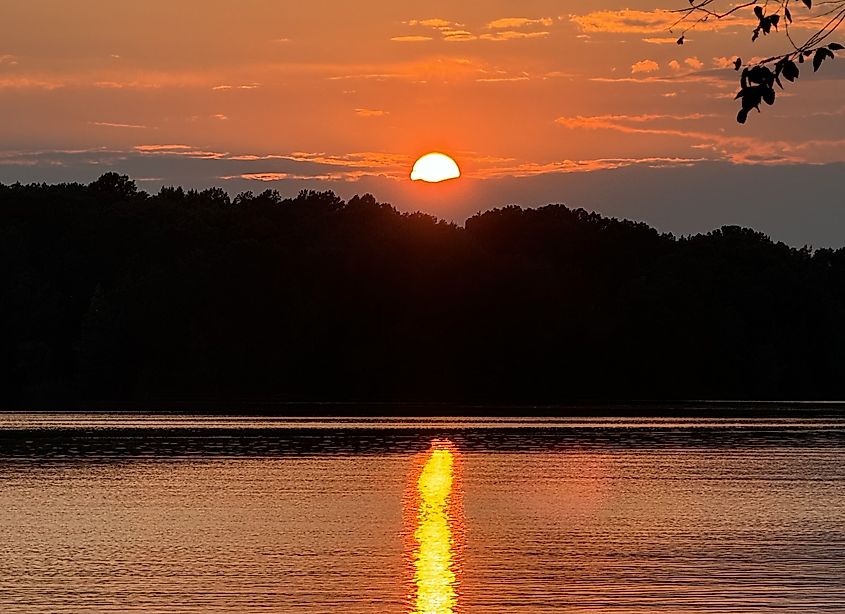
Located on the Tennessee-Kentucky border, Kentucky Lake is a 160,000-acre (64,750-hectare) lake known for its fantastic fishing opportunities. The lake is home to various species, like white bass, yellow perch, and buffalo carp, and the largest specimen found in Kentucky for all three comes from this lake. It is also part of the Tennessee River and is a major source of hydroelectric power in the area. Moreover, waterfront parks like the Kentucky Dam Village State Resort Park boast golf courses, cottages, and trails to take in the scenic greenery and waters.
This expansive waterway supports a thriving snake population, with the northern watersnake and eastern garter snake being the most common and generally harmless species encountered. However, visitors should remain attentive to possible sightings of venomous reptiles, such as the cottonmouth and various rattlesnakes, though these occurrences generally remain extremely rare.
Keep An Eye Out For Snakes Near These Bodies Of Water
From the winding Mississippi River to the tranquil waters of Rough River Lake, Kentucky’s many bodies of water offer an incredible backdrop for outdoor adventures. Still, they also serve as prime habitats for some of the state’s most common snakes. Whether you’re casting a line at Lake Barkley or paddling along the Cumberland River, keeping an eye out for the slithering locals is always a smart move. Thankfully, most species are harmless and prefer to stay out of your way. With a bit of awareness and respect for the wilderness, you can safely enjoy Kentucky's natural beauty.
